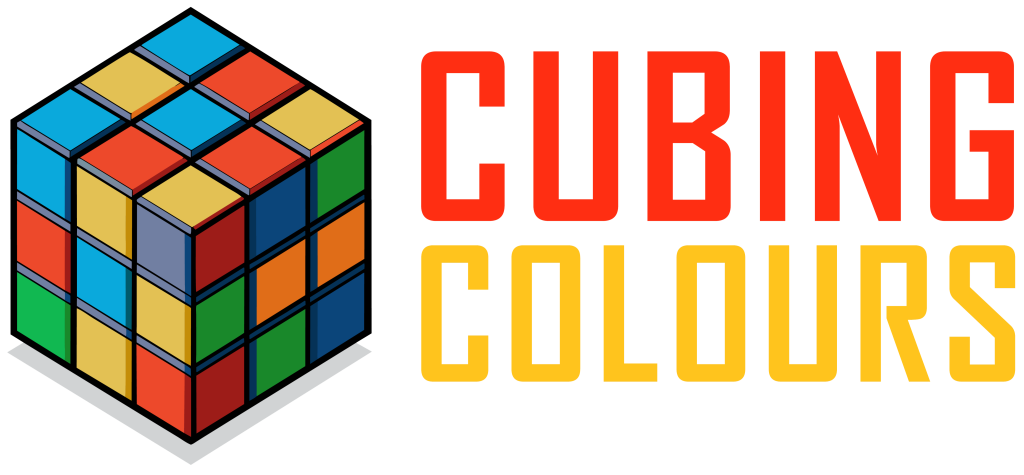Mathematics and the Rubik’s Cube

Numerous individuals proficient in mathematics learn and solve the Rubik’s Cube faster than others. This is not a coincidence. Individuals who are mathematically gifted usually possess an excellent memory, a great level of concentration, and a firm grasp of patterns and logic—all skills directly applicable to solving the Rubik’s Cube.
The Rubik’s Cube is an exercise in using mathematical thinking practically. Every turn, twist, and algorithm is based on problem-solving and logic, and the Cube is an engaging means of using mathematical skills in a hands-on, interactive method.
The Role of Algorithms in Solving the Cube
The core of any solution to the Rubik’s Cube is a sequence of algorithms. These are collections of individual moves used to move specific pieces without disturbing others. Whether you’re learning a beginner method or experimenting with speed-solving methods, mastering these Rubik’s Cube algorithms is necessary.
There are various methods of solving popularly used, each with their collection of algorithms:
Novice Layer-by-Layer (LBL) Technique – Easiest to learn, employing simple algorithms.
Fridrich (CFOP) Technique – Most widely used among speedcubers, encompasses a large number of advanced algorithms.
Lars Petrus Technique – A more natural method, but with some tricky-to-grasp phases.
Roux and ZZ Techniques – Other techniques that provide fewer moves but necessitate different thinking.
The more advanced techniques are employed only to complete the Rubik’s Cube quicker. They include a greater number of algorithms, and some are very complicated. These techniques value efficiency—completing the cube in fewer moves, which, of course, leads to faster times.
Scientific Studies: The Math behind the Rubik’s Cube
Several mathematical and scientific studies have been done over the years to examine the inner mechanics of the Rubik’s Cube. These studies examine the number of possible permutations, the least number of moves required to solve the cube, and the type of algorithms utilised.
For the average 3×3 Rubik’s Cube, it is estimated that there are more than 43 quintillion possible permutations. However, mathematicians have found that regardless of how mixed up the Cube has become, it will always be possible to solve it using 20 moves or fewer—a theory referred to as “God’s Number.”
It was not an easy task to find out. Researchers utilised high-powered Google computers and extremely sophisticated algorithms to execute these calculations, which took years of data processing.
These studies don’t even end at the 3×3. Larger cubes, such as the 5×5, 7×7, or even an 11×11 Rubik’s Cube, are also researched. With each additional layer, there come exponentially more combinations, necessitating increasingly complex algorithms in order to solve. The mathematical depth of these puzzles continues to enthral hobbyists and researchers alike.
The Power of Online Solvers and Digital Learnin
In the digital era, solving the Cube has become more accessible with the help of digital aids. If you are curious about how to solve an online Rubik’s Cube, today, there are online Rubik’s Cube solvers that can help you step by step using graphics. These sites are great for new learners and develop algorithm know-how without the tension of manually solving from the beginning.
Also, an online Rubik’s Cube solver applies similar logic used in mathematical models, providing students with a glimpse of how algorithms really function in real-time. Such sites, coupled with step-by-step online Rubik’s Cube tutorials, have enabled millions to grasp and appreciate the cube, transforming a puzzling challenge into an entertaining, interactive learning experience.
The Rubik’s Cube as a Teaching Tool
Aside from recreational enjoyment, the Cube is now used in the classroom to learn math, spatial thinking, and logical reasoning. Educators are employing it as an active learning tool for the presentation of concepts such as symmetry, rotations, permutations, and combinations.
Mathematical concepts can be learned by students in a fun manner while at the same time developing patience and perseverance. The relationship between Rubik’s Cube and mathematics is an ideal application of learning through play.
A Mathematical Marvel
You’re working with an online guidebook on Rubik’s Cube, exploring the mathematics of the Rubik’s Cube, or just mastering new Rubik’s Cube algorithms. Let’s just say that you’re working on a puzzle that’s both mentally stimulating and intellectually fulfilling.
The history of the Cube—blessed by research, technology, and an active online community—attests to how something as deceptively simple as a painted cube can reflect the richness of mathematics, engineering, and logic.
So, the next time you grasp a Rubik’s Cube, keep in mind that you’re doing more than solving a puzzle—you’re unlocking one of the coolest uses of math in contemporary pop culture.

